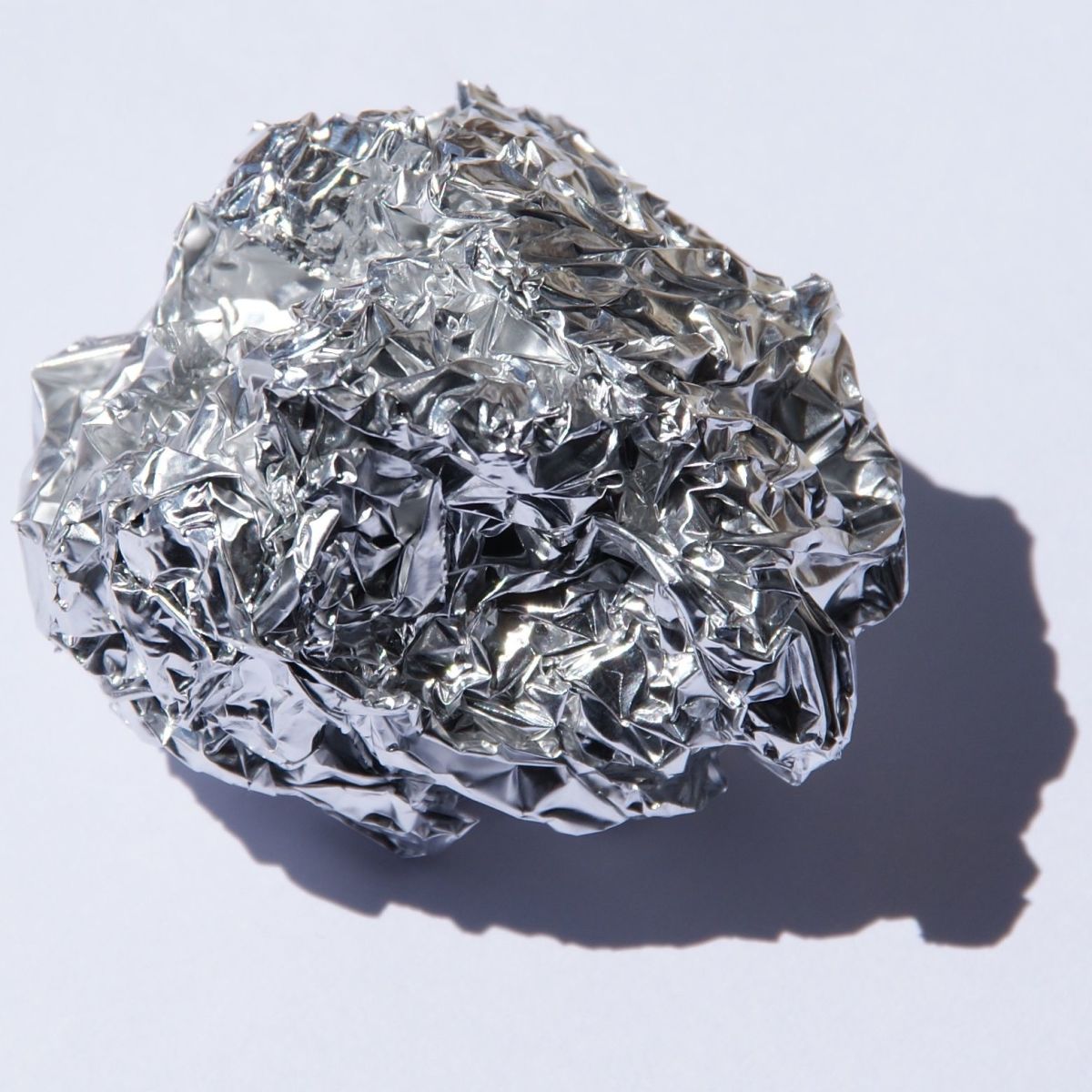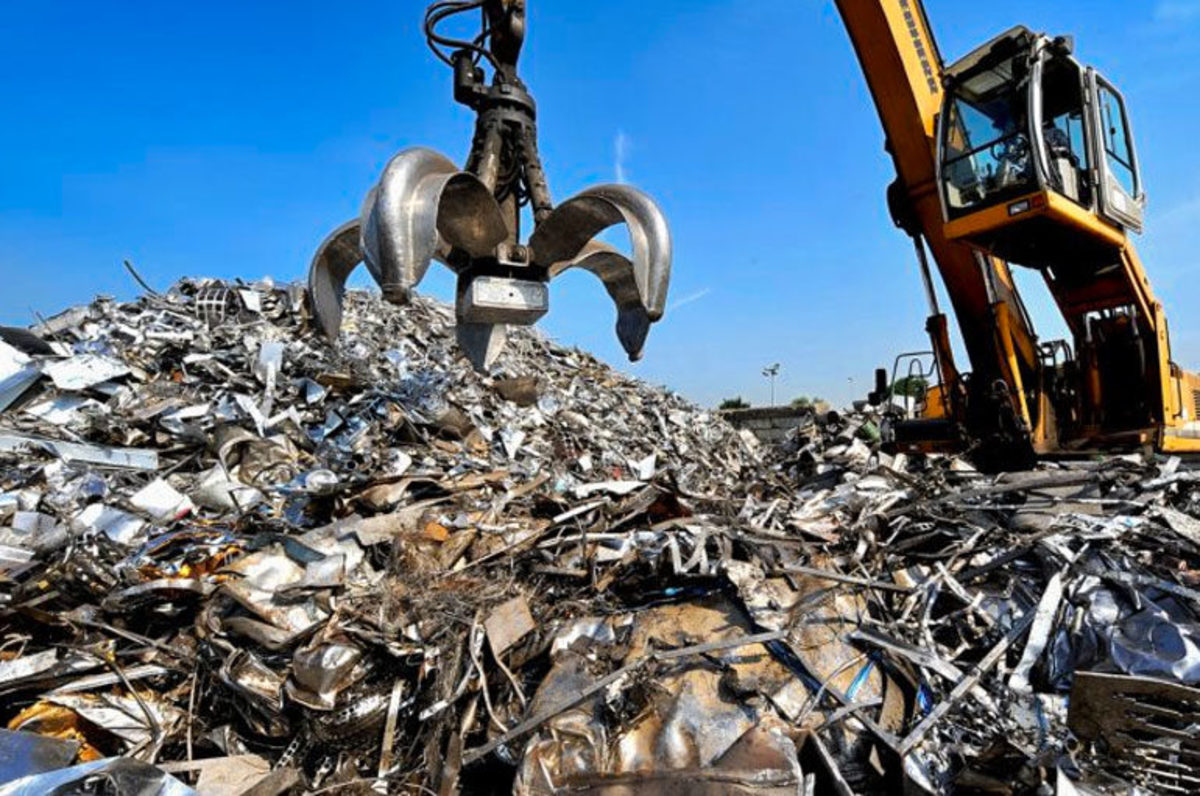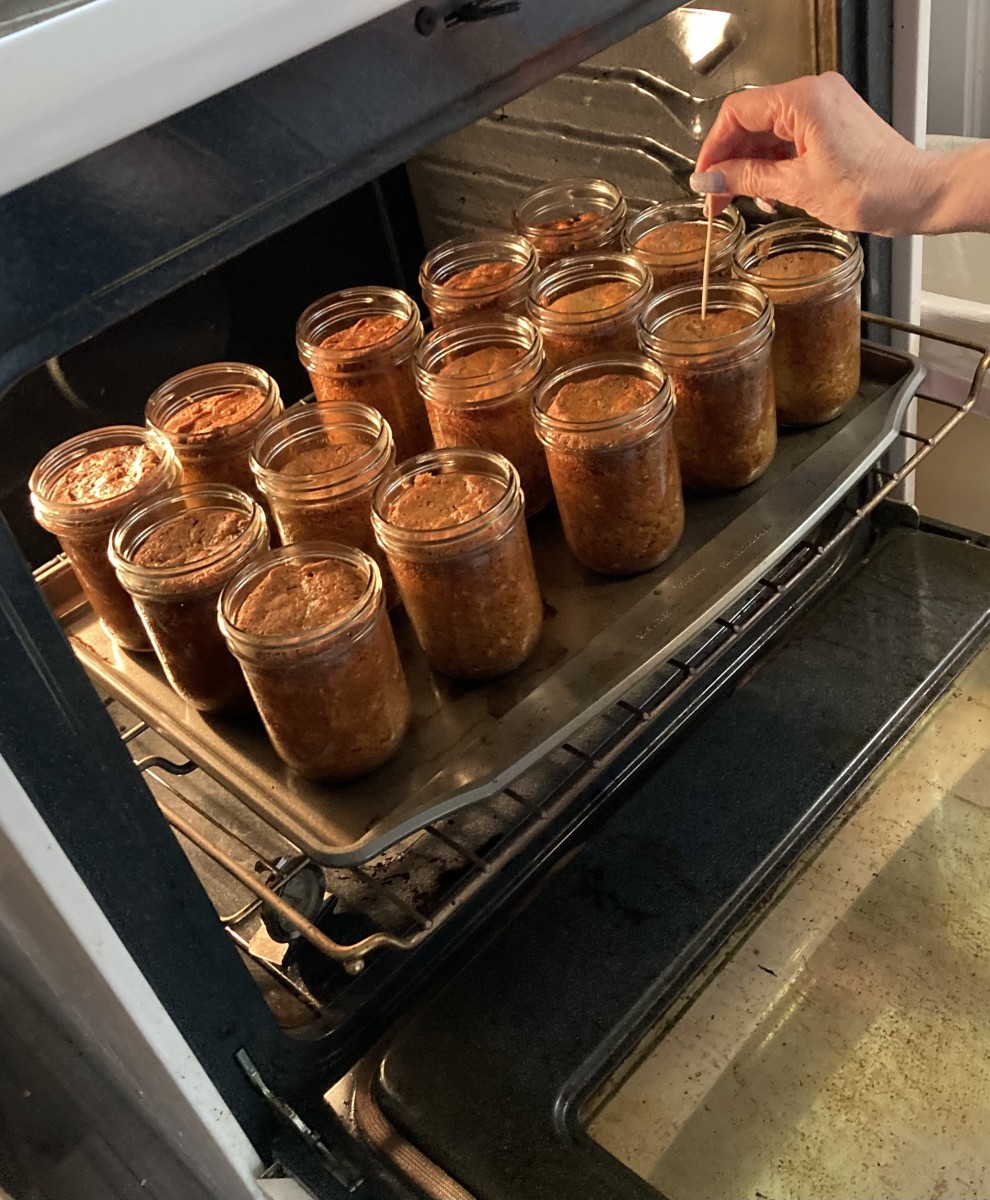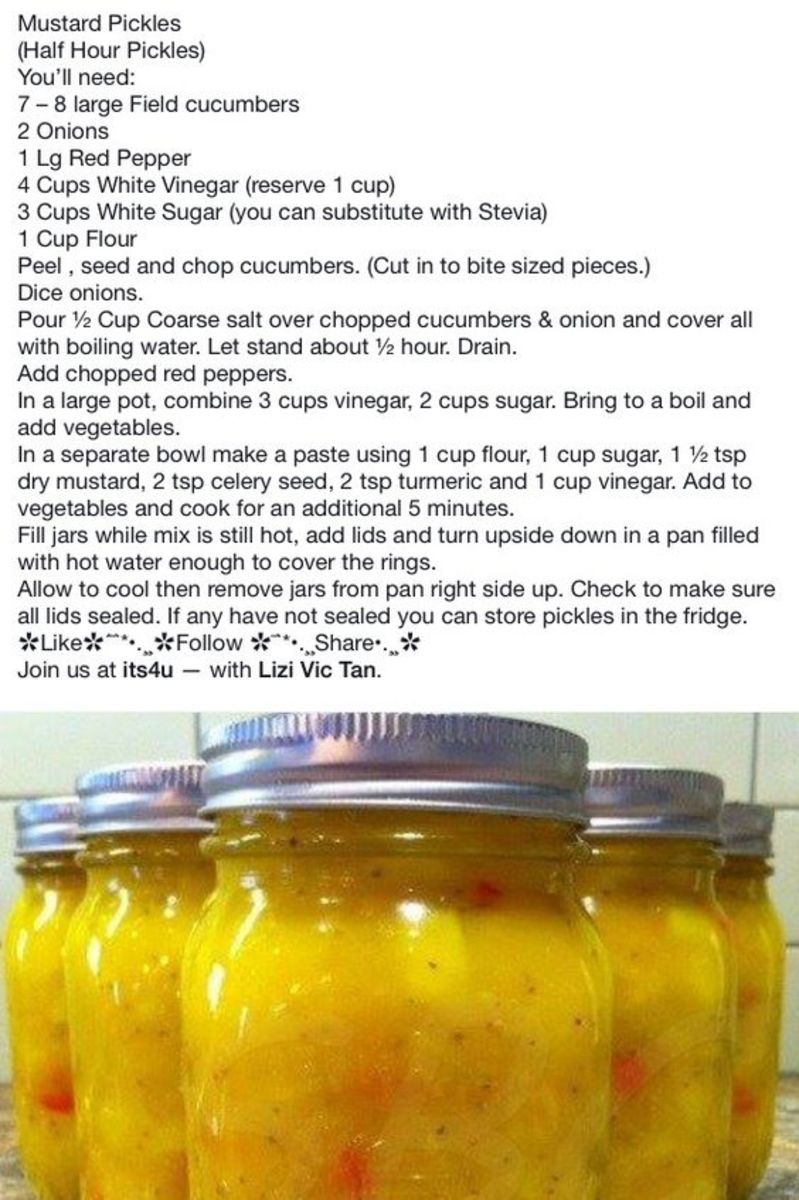Hard Anodized (or Anodised) Aluminum (or Aluminium) Cookware
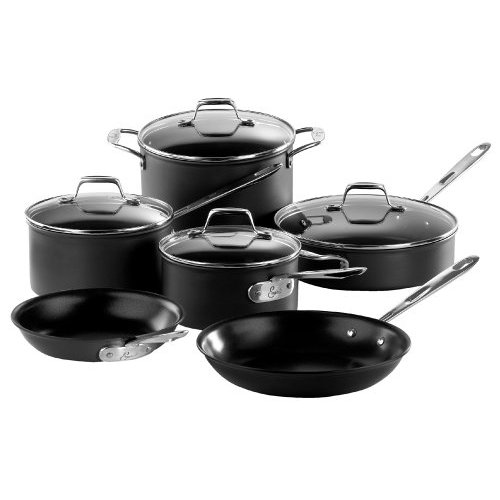
Most people all over the world are conscious when choosing cookware, as potential dangers are associated with some particular materials and that too not without a scientific reason. After reading a lot of reviews on various cookware products and going through the forum discussion threads, I thought of putting down some important facts about “Hard anodized aluminum” cooking utensils. Hard anodized aluminum kitchenware has become the latest love of homemakers and chefs, but still some do express their concerns for long term safety. Having chemistry as major helped me to understand certain facts better from the molecular level. Hence I would like to share and simplify some basic facts about “hard anodized aluminum” and its properties.
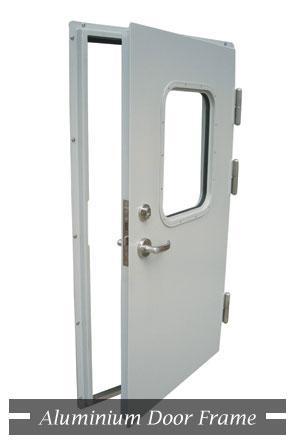
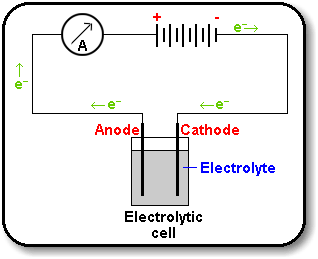
What is "hard anodized aluminum"?
Passivation: a spontaneous phenomenon:
As the name suggests the base metal aluminum is hardened using some process called "anodization". Aluminum as a metal is soft, with light weight and has density one-third that of steel. It is a highly reactive metal and spontaneously reacts with the oxygen in the atmosphere to form a layer of aluminium oxide on top of itself. This phenomenon is known as "sacrificial protection" in which reactive metals get oxidised (i.e. react with oxygen in air and thus sacrifices its topmost layer) readily and forms a stable, protective oxide layer on itself, rendering the rest of the metal resistant to further corrosion. This spontaneous phenomenon happens naturally and attributes to the corrosion-resistant properties of the metallic aluminum. Once the aluminum oxide (also commonly called alumina, Al2O3) layer is formed the highly reactive aluminum becomes passive and the process is also called passivation.
Hard Anodization:
Now, with this understanding, let's get back to "hard anodization". "Anodization" is nothing but a process in which the natural process of oxidation or passivation of aluminum is carried out in a much controlled and accelerated fashion. This is done electrochemically, that is using electric energy to bring about the desired chemical reaction. As you all must be aware, an electrochemical process requires two electrodes (conducting rods, usually made of metals as metals are good conductors) connected to positive and negative terminals of the battery through which the electric current will pass. The electrode connected to the positive terminal is called "anode" and the one connected to the negative terminal is called "cathode". Since in our case, aluminum metal is connected to the positive terminal of the battery to get the required oxidation by oxygen, it is at the anode, hence the name "anodization". Any electrochemical set up also comprises of an electrolyte (a chemical compound in molten state or in aqueous solution) which helps to conduct the electricity and itself gets decomposed. During anodization of aluminum, the most widely preferred electrolytes are sulphuric acid, phosphoric acid, oxalic acid or chromic acid.
In a nutshell the aluminum metal is connected to the positive terminal of the battery (anode) and immersed in a bath of acid. On the passage of electric current, oxygen is liberated at the anode, reacts with aluminum and forms a stable, thick layer of aluminum oxide, thus hardening and toughening the metal.
Anodization of aluminum
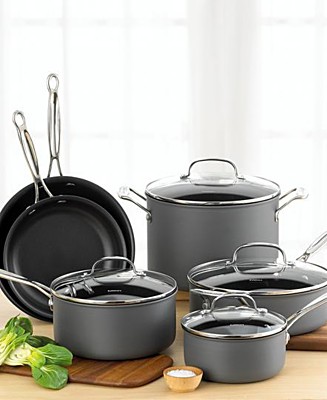
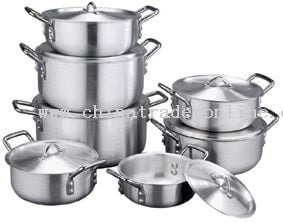
Aluminum cookwares Vs Hard anodized aluminum cookwares
Aluminum is a versatile metal and has a found a wide range of applications in various industries largely due to its light weight, good conductivity and anti-corrosion properties. But its soft texture, vulnerable to scratches, strong acidic and basic chemicals, drove the scientists to look for alloys with other metals or processes to enhance its properties. Aluminum and its alloys based cookwares were very extensively used in kitchens all over the world unless in 1970s, some scientific research linked aluminum with Alzheimer's disease. Also using the aluminum cookwares for a long time were found to cause its leaching into food particles, especially with acidic foods such as tomatoes or lemon juice and during cooking at high temperatures, presumably causing health hazards.
However, hard anodization of aluminum has been able to eradicate most of the disadvantages of aluminum cookwares, without having to do away with its good sides. Some of the reasons why hard anodized aluminum cookwares are much better than conventional aluminum ones are:
- Hard anodized aluminum cookwares are 30% more stiffer and harder than steel, unlike aluminum. The extremely hard surface is resistant to scratch and abrasion, and prevents it from getting chipped, cracked or peeled enhancing its longevity and durability.
- Aluminum is porous hence absorbs food particles easily which causes sticking of food and cleaning becomes a chore, whereas in the last stage of anodization of aluminum, sealing is done to close the millions of tiny pores of aluminum oxide, giving it an ultrasmooth finish and rendering its stick-resistant properties.
- Aluminum being reactive, reacts easily with acids and other chemicals present in foods and hence have higher chances of leaching into cooked foods, whereas anodized aluminum has a thick aluminum oxide layer, which is relatively non-reactive and no damage or breakage of the layer takes place up to 660 degrees centigrade (1221 deg Fahrenheit), the melting point of aluminum, hence reducing the risk of leaching into foods. Read the connection of aluminum with Alzheimer's disease in the following link.
- http://alzheimers.org.uk/site/scripts/documents_info.php?categoryID=200137&documentID=99&pag
Explains the connection between aluminum ingestion and Alzheimer's disease with experts' views
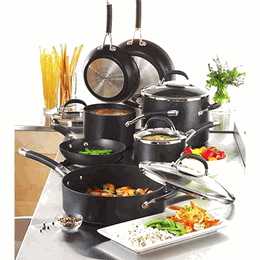
Hard anodized aluminum cookwares Vs Other cookwares:
Here are some more reasons why hard anodized aluminum cookwares can be considered smarter and efficient than other options (important properties are in bold):
- Having higher tensile strength and being 30% tougher than stainless steel, it will not chip, crack, dent or peel off easily. Hence it can fancy your kitchen for many years preserving both its appearance and performance.
- Due to its stiffness, it is highly scratch resistant and theoretically stirring and scraping with metal ladels should do fine, unlike some other non-stick cookwares which are limited to use of wooden, plastic or nylon utensils. However, personally I would recommend using wooden, plastic, silicone or nylon utensils for long scratch-free life span of your hard anodized aluminum kitchenware.
- Hard anodization of aluminum automatically leads to a smart looking dark gray colour with an ultrasmooth finish. The cookwares can be designed to have a range of colours as well, as in the last stage of anodization, before sealing of pores, the porous aluminum oxide layer can absorb dyes and various metals are used for imparting varying colours. However personally I feel, you should go for hard anodized aluminum cookwares without additional colors, to reduce the risk of any contaminated metals, why to take unnecessary and unknown risk?
- The ultrasmooth finish and non-porous surface of anodized aluminum automatically renders stick-resistant properties to the cooking vessels without having to coat with any additional layer of non-stick chemicals, unlike Teflon non-stick wares, where perfluorooctanoic acid (PFOA) is used (found to cause serious health hazards).
- The stick-resistant properties have other advantages too. It is easy to clean and cleaning is recommended with a damp cloth, sponge or soft-bristle brush using non-abrasive dish-washing liquid detergents.
- The stick-resistant properties coupled with the high conductivity of the material makes the hard anodized aluminum cookware much more energy-efficient than other kinds of metallic cookwares. The pots and pans get heated quickly and evenly, hence less energy is required for cooking. Uniform distribution of heat helps food to be cooked faster and keeps “hot spots” at bay.
- Good news for those who are conscious about eating healthy and low fat food, very little oil is required and actually some cooking techniques (when cooking with water or oily food) may not need oil at all. Mere smearing of the inner surface of the pots and pans with thin layer of olive oil or any other low-saturated fat can do wonders!
- In other metallic cookwares such as cast iron, copper and stainless steel (contains nickel, chromium, molybdenum) the chances of metal leaching into food substances in presence of water and heat are much higher, whereas the hard anodized layer above aluminum is passive and do not react with foods and is considered non-toxic. In fact cast iron pots and pans are deliberately used to fortify the cooked food with a little iron, which helps in producing red blood cells in human bodies. But the same is not true for the other metallic cookwares, where serious metal poisoning could result.
- Most of these cookwares are stable to high temperatures hence, oven and broiler safe, whereas in non-stick or polymer coated cookwares the non-stick layer gets flaked off when used under the broiler. However check the material for the rivets and handles when using oven or broiler, you should use potholder or mitt to prevent burns.
- No hassles of occasional seasoning of the cookwares is necessary as in the case of cast iron pots and pans.
How to take care of your hard anodized aluminum cookwares?
Here are some handy tips to take care of your hard anodized aluminum cookwares so that you can continue to have superior cooking experiences:
- Heat settings: Make an effort to use appropriate heat settings, matching the cooking techniques. You might have to experiment a bit with your stove to set the heating. High conductivity of the anodized layer picks up heat quickly, hence preheating of pans can be done at medium to medium high heat, avoid high heating for longer cooking times. For example: High heat for boiling or reducing liquids only; Medium to medium-high heat for sautéing, stir frying, and frying; Low heat for warming food, simmering, and preparing delicate sauces.
-
Cleaning: Due to its resistance to adhesion with food products, cleaning is simpler, but care should be taken to avoid the use of abrasive cleaners and automatic dishwashing liquids. This is because, automatic dishwashing liquids and oven cleaners have strong acids or alkalis which will definitely corrode the oxide layer. (Aluminum oxide reacts with both strong acids and bases). The best practice will be to soak a sponge, soft-bristle brush or cloth in lukewarm, soapy water and hand wash the cookwares.
-
Though you have the privilege to do something else while cooking as there is no fear of food or sauces sticking to the bottom, NEVER leave the cookwares unattended on the stove top during cooking. Just keep a watch, even if you don't have to continuously stir. This is my personal view as I think one should always be careful and work safely in the kitchen.
-
Sudden changes in temperatures MUST be avoided to preserve longer life span of the hard anodized cookwares. If the hot pot is immediately cooled under running water, some warping can surely be formed, one must wait for the pot to cool down a bit.
-
Do not use aerosol spray oils directly on the preheated pan as these sprays contain water. In a preheated pan if the spray oil is added, the water evaporates immediately leaving the gummy residues which might be difficult to remove. If it is necessary, mix the food to be cooked with spray oils and then cook.
Some renowned manufacturers: Calphalon, AllClad, Cuisinart, Rachael Ray etc.
Always buy authentic hard anodized aluminum cookwares, read the manual well before buying. Some questions you might ask to the manufacturers or dealers:
- Does it have an additional layer of non-stick coating?
- Does it have an additional layer of polymer coating?
- Is the anodized base metal only aluminum or an alloy of aluminum?
It would be wiser to avoid if the answers to the above three questions are YES.
My personal opinion: All seems and sounds great about hard anodized aluminum cookwares and I myself have a bunch of them in my kitchen, which I have been using happily so far. However as a science person, I always believe that as on one hand, material chemists are striving hard to improve the quality and standard of our lives by inventing these novel materials, on the other hand medicinal chemists will be coming out with new research findings regarding health hazards associated with different materials. We will have to accept the current situation and act accordingly.
Some frequently asked answers from Calphalon manufacturers' site
- http://www.calphalon.com/ProductSupport/Pages/FAQs.aspx
You can ask questions or read the answers to the FAQs in Calphalon's official site
Please take a poll!
Are you convinced to buy hard anodized aluminum cookware for your kitchen?




